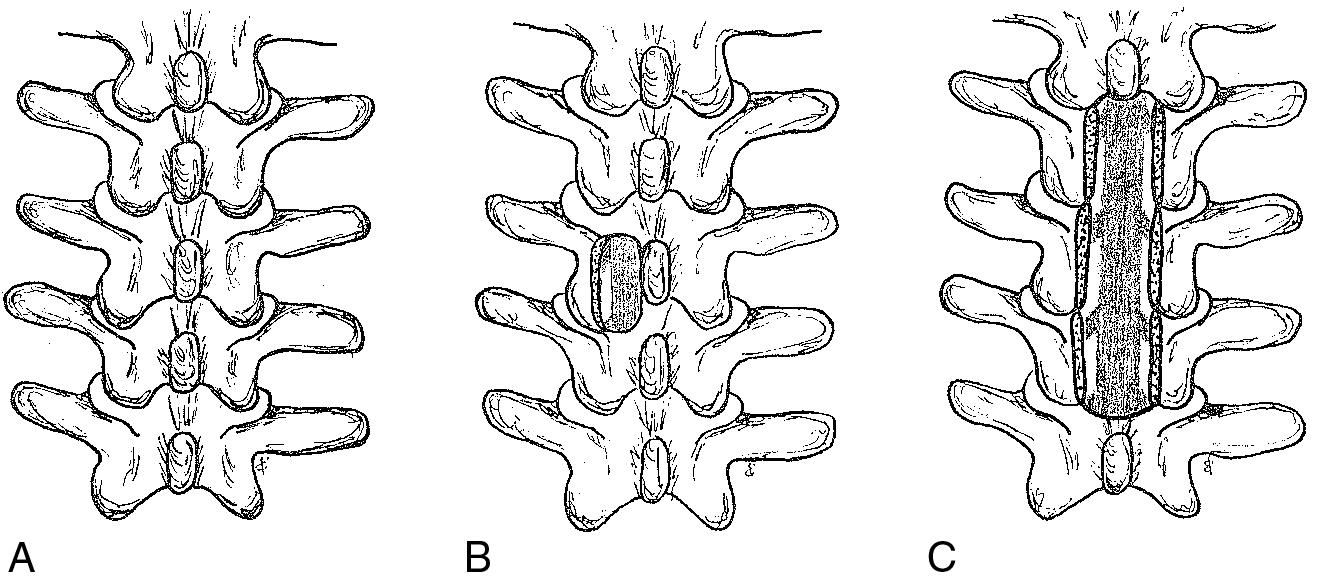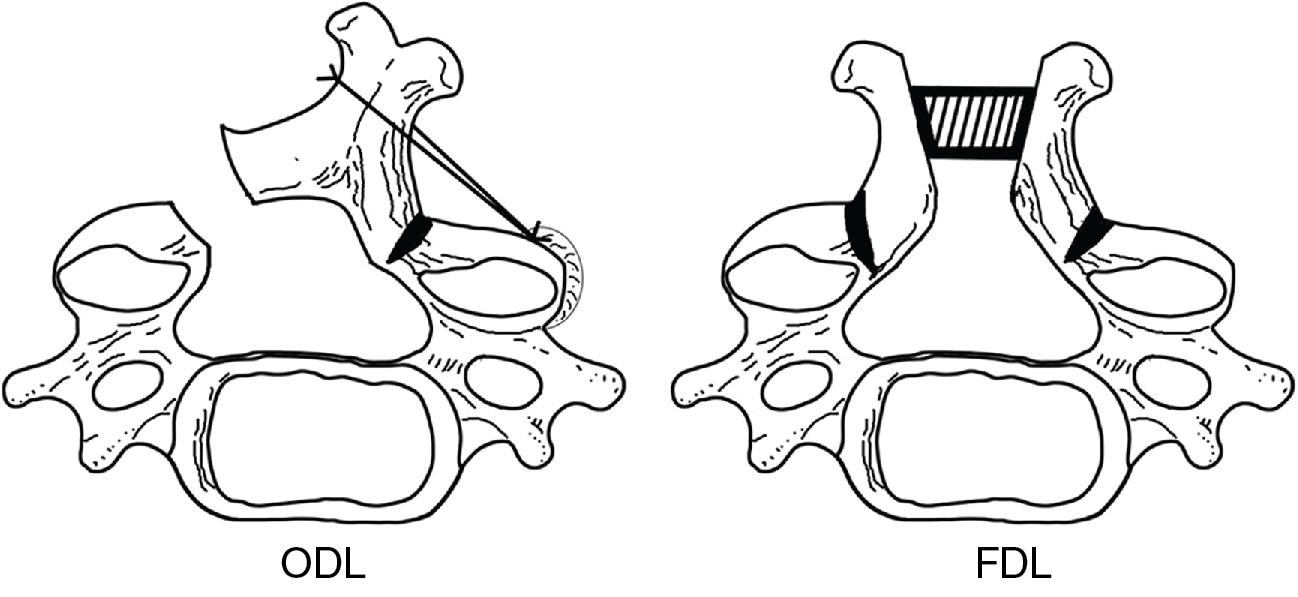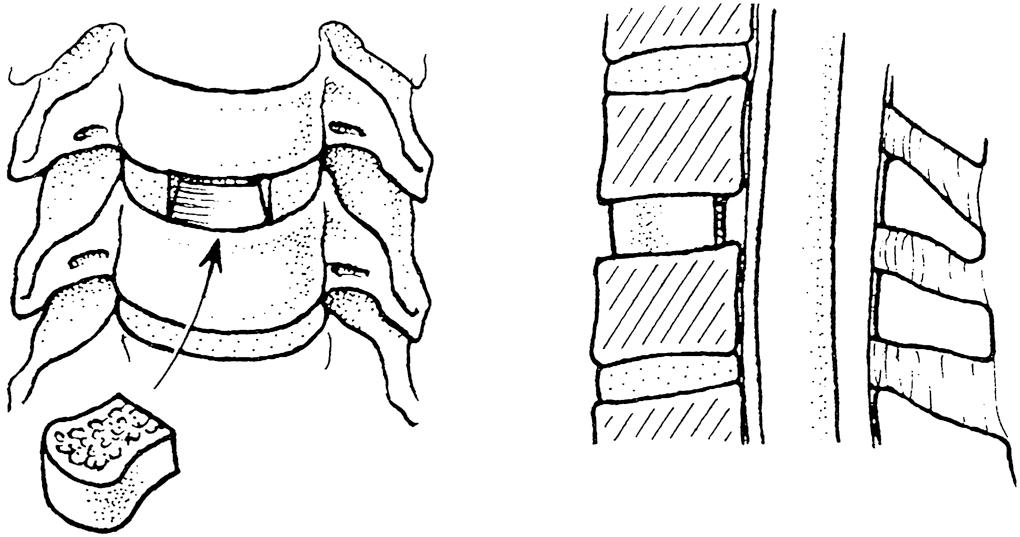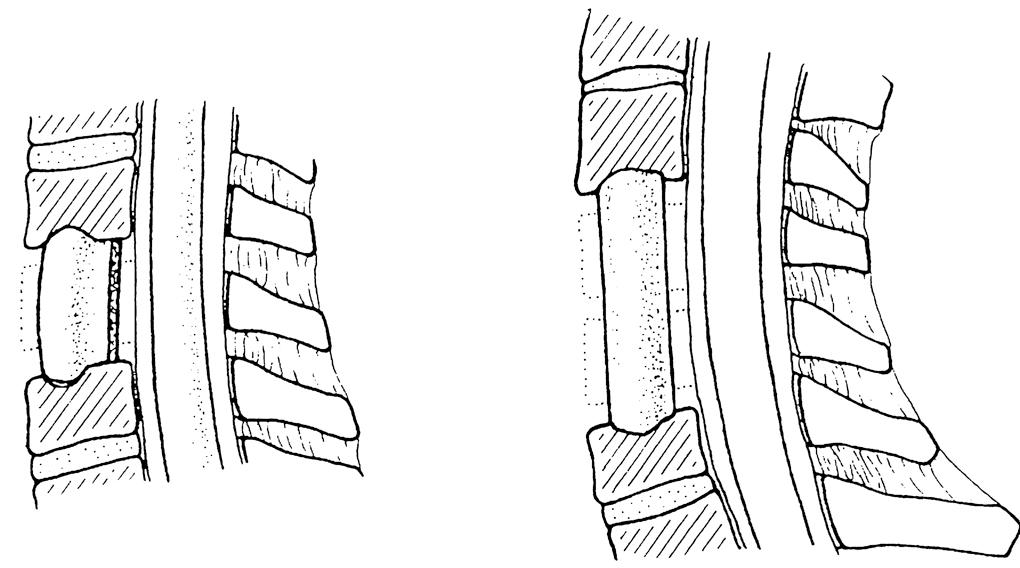Physical Address
304 North Cardinal St.
Dorchester Center, MA 02124
Spinal decompression is a general term that refers to a range of surgical procedures that are performed to relieve symptoms due to compression of the spinal cord and/or nerve roots. Spinal decompression may be accomplished using direct and/or indirect methods and is often performed in conjunction with spinal implants and/or spinal fusion.
Direct spinal decompression accomplishes neural decompression by resection of the causes of neural compression, which can include bone, ligaments, and disc material. Examples of procedures that involve direct spinal decompression include discectomy, laminectomy, and corpectomy.
Indirect spinal decompression achieves decompression of neural elements without resection of the structures responsible for neural compression. (1) Indirect decompression may be accomplished by distraction between adjacent vertebrae, by spinal realignment using implants, or by excision or realignment of posterior compressive structures.
Indirect decompression by distraction between adjacent vertebrae is commonly used in the treatment of lumbar spinal stenosis. For example, in patients with single-level central spinal canal and neuroforaminal stenosis, restoration of disc space height through placement of an interbody device or posterior element distraction by insertion of an interspinous process device can provide indirect decompression by increasing the cross-sectional area of the central spinal canal and increasing the height and volume of the neural foramina.
An example of indirect decompression using spinal instrumentation across multiple spinal segments is the treatment of a lumbar burst fracture with kyphotic deformity and spinal canal compromise due to retropulsed bone fragments from the posterior vertebral body. Insertion of a pedicle screw-rod system spanning the fractured level permits application of distractive forces to correct the kyphotic deformity and restore spinal canal patency by reduction of fracture fragments that are attached to the posterior longitudinal ligament (PLL). Indirect reduction of fracture fragments attached to the PLL is termed “ligamentotaxis” and is only possible for fractures in which the PLL is not completely disrupted.
Cervical laminoplasty is an example of an indirect decompression procedure that realigns posterior compressive structures to expand spinal canal area and allow posterior spinal cord migration away from anterior compression. However, for posterior migration of the cervical spinal cord to occur, neutral or lordotic alignment of the cervical spine is necessary.
All procedures are performed through a posterior approach and are intended to provide posterior decompression of neural structures ( Fig. 24.1 A).

A laminotomy consists of partial lamina removal to access the spinal canal and permit direct decompression of the nerve root and/or dural sac. Partial removal of laminar bone and facet joints to expose and decompress the nerve root is referred to as a foraminotomy or laminoforaminotomy (see Fig. 24.1 B).
A laminectomy consists of removal of the spinous process and the entire lamina to directly relieve neural compression (see Fig. 24.1 C).
A laminoplasty provides decompression of the neural elements by enlarging the spinal canal with a surgical technique that avoids removal of the posterior spinal elements. Various laminoplasty techniques permit preservation and reconstruction of the posterior osseous and ligamentous structures of the spinal column without the need for fusion. Laminoplasty techniques are most commonly utilized in the cervical spine ( Fig. 24.2 ).

An anterior discectomy procedure is indicated to relieve anterior neural compression localized to the level of the disc space. It involves removal of the intervertebral disc and any osteophytes that compress the neural elements. The space formerly occupied by the disc is filled with bone graft or an intervertebral body fusion device ( Fig. 24.3 ).

A corpectomy ( corpus meaning “body”) entails removal of the vertebral body combined with removal of the superior and inferior adjoining discs ( Fig. 24.4 ). The resultant anterior spinal column defect is reconstructed with an anterior bone graft or vertebral body replacement device (also called a fusion cage) and usually stabilized with anterior and/or posterior spinal instrumentation. A corpectomy is indicated to relieve anterior neural compression that extends behind a vertebral body or to remove a vertebral body whose structural integrity is compromised (e.g., tumors, infection, fracture).

A vertebrectomy is a more radical procedure consisting of removal of the posterior spinal elements (spinous process, lamina, pedicles) in addition to the vertebral body. This procedure creates severe spinal instability and is performed in conjunction with anterior and posterior spinal instrumentation and fusion. Spinal pathologies treated with vertebrectomy include primary spine tumors and spondyloptosis.
Remove the discs above and below the target vertebral body. This facilitates subsequent removal of the vertebral body by providing reference landmarks for the depth and position of the spinal canal.
Remove the vertebral body. The anterior two-thirds of the vertebral body is rapidly removed with a rongeur, osteotome, or burr. The remaining posterior wall of the vertebral body is thinned with a burr. This technique facilitates the more delicate removal of the posterior vertebral cortex with a curette or Kerrison rongeur to expose the spinal canal, PLL, and dural sac.
Fill the space created after corpectomy with a structural bone graft or a vertebral body replacement device to restore anterior spinal column support. Anterior and/or posterior spinal implants are used to provide additional stability.
Operate only when the clinical history and physical examination correlate with spinal imaging studies.
Rely on high-quality imaging studies (full length spinal deformity radiographs, computed tomography [CT], magnetic resonance imaging [MRI], CT-myelography) for preoperative planning.
Administer prophylactic intravenous antibiotics immediately prior to surgery
Minimize exposure-related damage to spinal structures (muscles, ligaments, facet joints, bone, and nerve tissue).
Operate with adequate lighting, exposure, and use of loupe magnification or a microscope.
Confirm that the proper surgical level(s) have been exposed by taking an intraoperative radiograph or fluoroscopic image.
Assess spinal stability before wound closure. Perform a spinal fusion if spinal instability has been created as a result of the decompression procedure or if spinal instability was present before surgery.
When spinal fusion is performed, use of spinal instrumentation is indicated to maintain or restore age-appropriate sagittal plane alignment parameters.
Posterior laminectomy of C1 and occipitocervical fusion is a treatment option. The rheumatoid pannus usually decreases in size after stability is provided by posterior instrumentation and fusion. In select cases, an anterior transoral resection of the odontoid process is performed as a subsequent procedure.
Become a Clinical Tree membership for Full access and enjoy Unlimited articles
If you are a member. Log in here